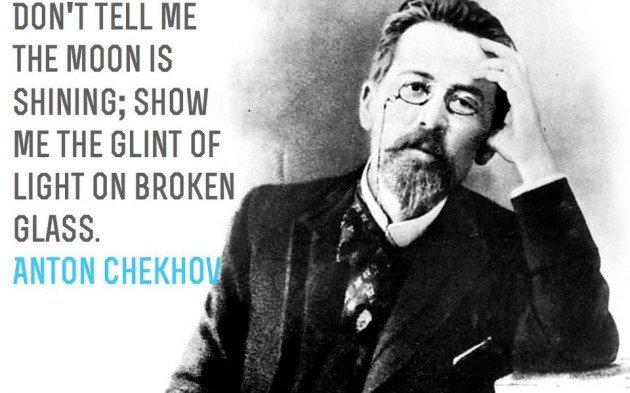Want to level up your writing instantly—whether it’s fiction, essays, or blog posts? There’s a deceptively simple habit that separates dull drafts from captivating stories. And no, it’s not mastering grammar or finding your “writer’s voice.” It’s more fundamental than that.
It’s learning to be specific.

The Secret Ingredient Most Writers Miss
As someone who has edited hundreds of drafts and guided countless new writers, I’ve noticed a common pattern. Many aspiring authors understand plot structure or have compelling ideas. But their writing still falls flat. Why?
Because it lacks specificity.
Once you learn to ground your writing in real, tangible details, you’ll notice an instant transformation. Your scenes will pop. Your readers will care. And perhaps most importantly, you will begin to see the world differently—through the lens of a storyteller.
The Moment It All Clicked
Several years ago, I had the chance to travel extensively, wandering through the bustling streets of Hanoi, the rugged coastline of Croatia, the vibrant heart of Kampala, and beyond. What started as a personal adventure quickly became a writer’s treasure trove.
I didn’t just jot down “I saw a cathedral.” I described the redbrick tower looming over Osijek, Croatia, casting long shadows at dawn. I didn’t merely say we “helped build a house.” I painted the scene: lifting thick wooden beams with sun-slicked neighbors in the Thai jungle, sweat mingling with sawdust.
Those details made a difference. A friend of mine, Dez, began mimicking this approach on her own blog. Soon, readers were reaching out, telling her they felt transported to the cobbled streets of Jerusalem or the rice fields of Cambodia. All she had done was embrace specificity.

So how can you do it too?
Three Practical Ways to Be More Specific
1. Engage the Senses
Anton Chekhov once said, “Don’t tell me the moon is shining; show me the glint of light on broken glass.” That single line captures the essence of specificity.
When you describe a scene, don’t settle for general impressions. Dive into what your character sees, hears, smells, touches, or tastes. Was the coffee hot, or did it scald the roof of their mouth? Did the wind blow, or did it snap through the pine trees like a whip?
You may not use all five senses in every scene, but reaching for them will sharpen your observational skills—and your readers will thank you for it.
2. Zoom In On Moments
Writing is not about documenting everything. It’s about choosing what matters. Legendary screenwriting teacher Robert McKee once noted that “the mark of a master is to select only a few moments but give us a lifetime.”
Instead of narrating a character’s entire journey, find one key moment that reveals their heart. Was it a missed train? A quiet conversation under streetlamps? The way they paused before answering a question?
Then, drill down. Linger. Let that one moment carry the emotional weight of an entire chapter. Specificity turns a scene into an experience.
3. Let Dialogue Do the Work
Dialogue is one of the sharpest tools in a writer’s toolkit—and one of the most underused by beginners. Many writers summarize conversations instead of showing them unfold.
“He told her he was upset.” No. Write the line. “You left, and you didn’t even look back,” he said, his voice tight.
Real dialogue brings characters to life. It gives readers insight into personalities, emotions, and conflict. Just remember: cut the fluff. Every line should serve a purpose.

Vagueness Is the Enemy
If you take only one thing from this article, let it be this: vague writing is forgettable. It fails to spark the imagination or stir emotion. Worst of all, it wastes the reader’s time.
Ask yourself: Are your sentences painting pictures or just filling space? Are your characters saying something real, or just taking up the page?
The difference between “meh” and “mesmerizing” often comes down to this one step: specificity.
So next time you write, don’t settle for the surface. Dig deeper. Get precise. And watch your writing come alive.


